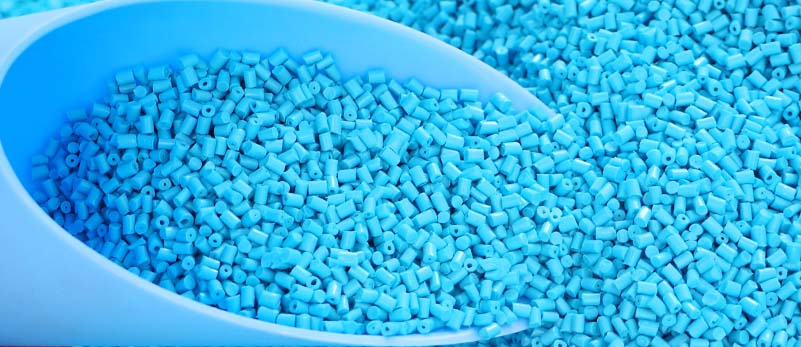

Embracing the Future of Bioplastics.
It is difficult to estimate the consequences of plastic pollution. With recent efforts to reduce the impact of plastics globally, it is evident the issue is a worldwide emergency with the need for innovative alternatives.
The numbers are terrifying. According to National Geographic, every year, about 8 million tons of plastic waste escapes into the oceans from coastal nations. That’s the equivalent of emptying five dustbin bags full of rubbish on every foot of coastline around the world.
What can be done? The obvious solution is to stop using plastics, but this is near impossible due to their versatility and cost. Polyolefins are undoubtedly overused in the packaging space and have become irreplaceable based on ease of access and application. In some instances, for example, in the medical sector, these plastics are relied on for their price and easy of sterilisation making them difficult to replace. In 2018, the world produced 359 million tons of plastic, while in 1950 it was only 2 million.
Added to the incessant rise in production is the fact that plastics are just too durable. The chemical structure of the most common plastics, such as polyethylene (PE), polypropylene (PP) and polystyrene, is such that it requires thousands of years to fully degrade.
If we are dependant to the convenience of plastics, then the answer has to be materials which are less damaging to the environment. Are bioplastics the answer?
Are bioplastics the solution?
The term ‘bioplastic’ covers a wide range of materials. Not all bioplastics are the same. For instance, bioplastics can be divided into those that are ‘bio-based’, ‘biodegradable’ and those that are both. Or simply: what they are made of and how do they break down over time?
Bio-based refers to a material derived from renewable sources such as sugarcane, corn, or cellulose.
Biodegradable defines a material’s ability to decompose via microbial activity.
Up to now, the most common bioplastics have largely been either polylactic acid (PLA) or polyhydroxyalkanoate (PHA).
PLA is typically made from the sugars in corn starch, cassava or sugarcane. PLA can look and behave like polyethylene (used in plastic films, packing and bottles), polystyrene (Styrofoam and plastic cutlery) or polypropylene (packaging, auto parts, textiles).
PHA is made by microorganisms that produce plastic from organic materials. Because it is biodegradable and will not harm living tissue, PHA is often used for medical applications.
By switching to bioplastics, there are immediate advantages. They use fewer fossil fuel resources, have a smaller carbon footprint and decompose in a less harmful way. The Columbia Climate School notes that bioplastics are less toxic and do not contain bisphenol A (BPA), a hormone disrupter that is often found in traditional plastics.
It is certainly true that bioplastics generate significantly fewer greenhouse gas emissions than traditional plastics. However, there is a crucial caveat. Most bioplastics need high temperature industrial composting facilities to break down and the infrastructure is not always in place. When bioplastics are not discarded properly, they can contaminate batches of recycled plastic and harm recycling infrastructure. Mixed recycling is often rejected and simply dumped.
The overriding conclusion is that new innovation and increased adoption is essential if the bioplastics revolution is to make a genuine impact.
The future of bioplastics
The slow adoption of bioplastic technologies may be a worry, but the pace of change is accelerating. BioPLASTICS Magazine reports that global patent activity is at its highest point for almost two decades.
Patents are a good indicator of future innovations, but what about now? BioPLASTICS Magazine has also reported from the 16th EUBP Conference in Berlin, which predicts that European production is set to more than triple over the next five years.
François de Bie, Chairman of European Bioplastics, said:
“The importance of a more than 200 percent growth rate within the next five years cannot be overstated. Before 2026, the share of bioplastics in the total global production of plastics will pass the two percent mark for the first time.”
Embracing the bioplastic revolution
Some industry leaders are making waves to change the BioPlastics game with their new technologies. Here's how...
AMSilk
Germany
AMSilk has created the first textile product based on spider silk fibres. It has been used by Adidas to create a biodegradable running shoe and the silk proteins can be used in gel or spray form for wound or skin care. It is also used as a coating on medical devices such as implants or surgical mesh. In 2020, the AMSilk silk coating used in Polytech silicone breast implants was successfully tested in an international clinical study.
A silk alternative is an important innovation. The Higg Index, a globally recognised measurement of sustainability, states that silk has by far the worst impact on the environment of any textile.
Avantium
Netherlands
One of Avantium’s many success stories is the creation of PEF (polyethylene furoate), a completely new, high-quality plastic made from plant-based industrial sugars. PEF is 100% recyclable. It offers a cost-effective solution to make plastic bottles, packaging, fibres and many more products.
One of its innovations that has made headlines is the plan to produce ‘paper beer bottles’ from 2023. An internal coating of PEF keeps the drink fresh as it has an oxygen and CO2 barrier that is up to ten times more effective than traditional plastic coating (PET).
Corbion PLA
Netherlands
Corbion produces high quality lactic acid and lactide using a biochemical fermentation process using corn, sugar beet and cassava. Their partners convert this lactide into PLA (Poly Lactic Acid) resin, which is used to produce foam, film, moulded plastic parts and fibre.
The company is a firm believer in importance of the circular economy and is assessing its products through a process called Life Cycle Assessment (a systematic evaluation of the environmental performance of a product through its life cycle, from raw material extraction through production, use and disposal).
Mango Materials
USA
These guys believe that the future is biodegradable. The organisation produces PHA pellets which are perfect for rigid, moldable products such as caps, jars, bottles, and other small packaging items that are difficult to recycle. Other uses include fibres (used in shoes and rope), 3-D printing and film.
The PHA is derived from methane, the second most abundant greenhouse gas, which is 20 times more potent than CO2 at trapping radiation and contributing to climate change. The toxic methane is released from landfills and wastewater treatment sites.
Mushroom® Packaging
USA
Mushroom® Packaging is a high-performing sustainable packaging solution grown from the roots of mushrooms, called mycelium. It is an alternative to the plastic foams used in protective packaging, but is home-compostable in 45 days – acting as a nutrient, not a pollutant. Mushroom® Packaging is simply made with two ingredients: hemp hurds and mycelium.
It is grown to shape in only seven days and is C2C Gold Certified, the highest certification for sustainable goods.
Notpla
UK
Notpla is a revolutionary packaging material made from brown seaweed, which biodegrades in weeks, naturally. Brown seaweed is one of nature’s most renewable resources - growing up to a metre per day, it doesn’t compete with food crops, doesn’t need fresh water or fertiliser, and actively contributes to de-acidifying our oceans.
One of the products is a Heinz ketchup sachet - it looks like a little tomato, and naturally composts like one too!
What’s next?
It is an exciting time to be in the bioplastics (and the plastic alternative) industry. New advances and applications are being developed break-neck speed, and there is a genuine prospect of diverting the world away from the damaging impact of plastics.
The stakes are high, but this is a sector that can truly salvage the future of our planet.
To discuss the future of bioplastics, or the wider plastics industry news, drop me a message at abdulrahim.haddouche@industrial-cm.com.
To find out more about what we do at CM Industrial, click here.
For more insight and info on the plastics industry from industry leaders and CM Industrial consultants, click here.
Are you hiring?
Fill out our contact form below to get in touch.Charlton Morris is a Talent Solutions business who offer search, contract, volume and employer branding solutions to the industrial markets.
Recommended.
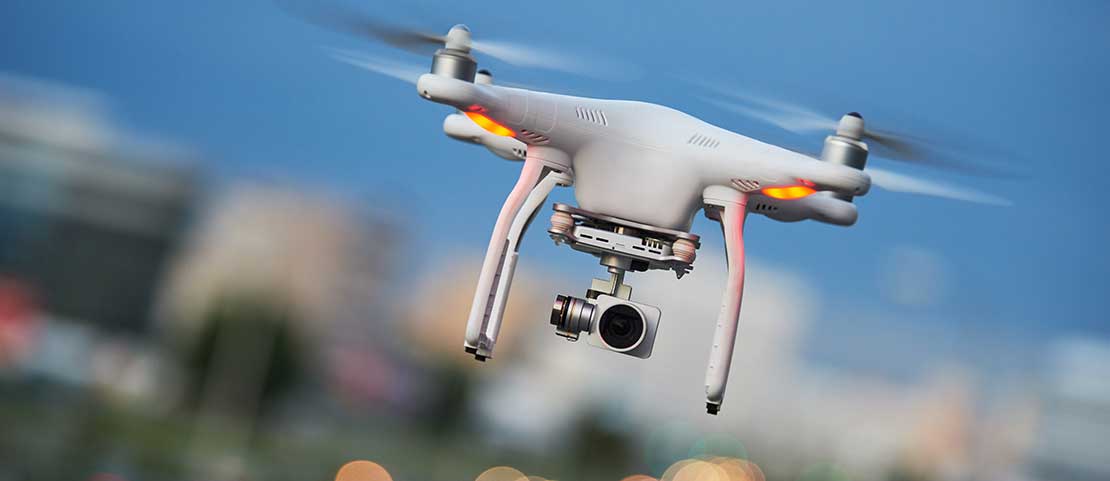
Promising Heights: Drone Tech Offers Exciting Expansion Opportunities.
The use of drone technology remains minimal across industries, so what are the barriers to drone onboarding and what can they offer us? Let's discuss.
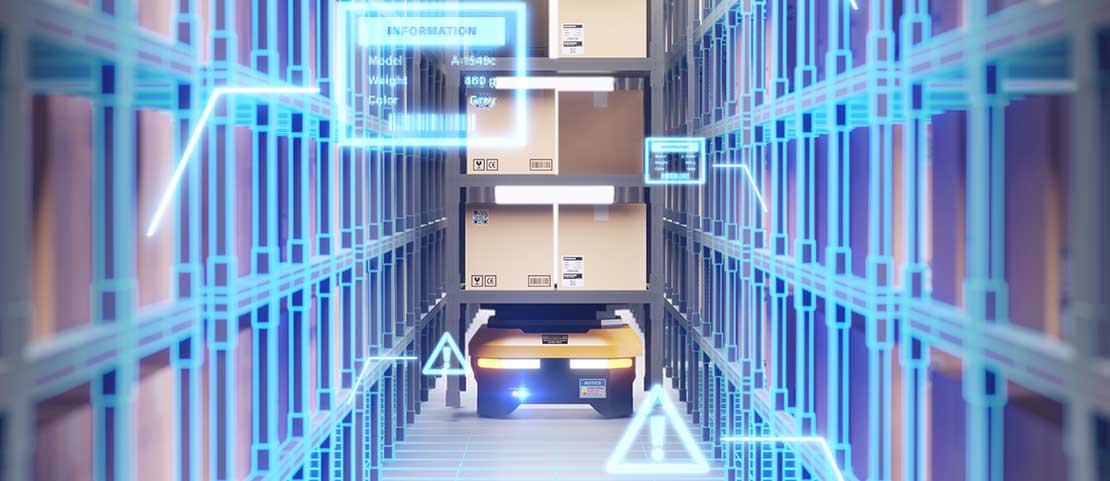
Overcoming Automation Roadblocks for Unprecedented Success.
With significant barriers to automation onboarding for warehouses across the industry, how can we navigate these challenges for better success? I spoke with Jeff Christensen to explore the trends and businesses to know right now.
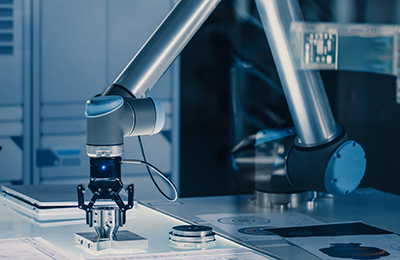
What to Watch at Automatica 2023.
In this article, our automation and robotics specialists Joe and Sam look ahead to Automatica in Munich, highlighting the companies and technologies to watch out for.
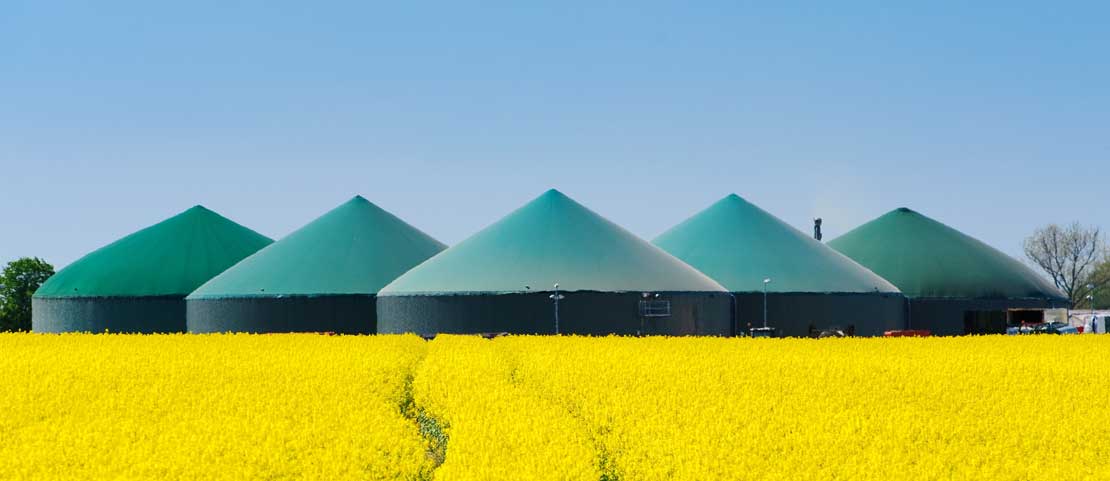
Revolutionising the Future for Biogas.
The World Biogas Summit & Expo 2023 shared a wealth of industry knowledge, innovation, and inspiring new ideas to help #MakeBiogasHappen. We discuss the key takeaways from the event and what this means for our industry.
Comments.